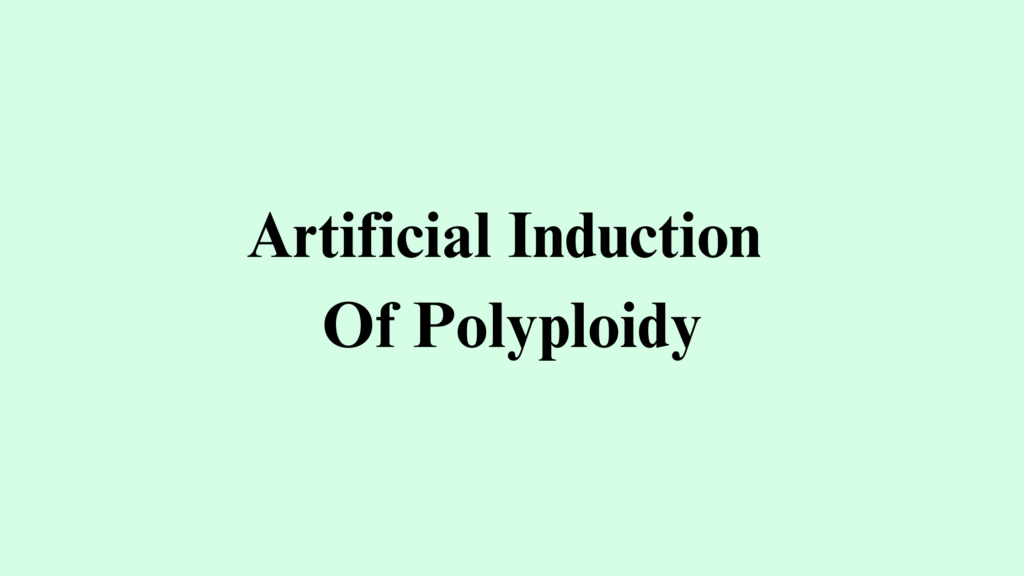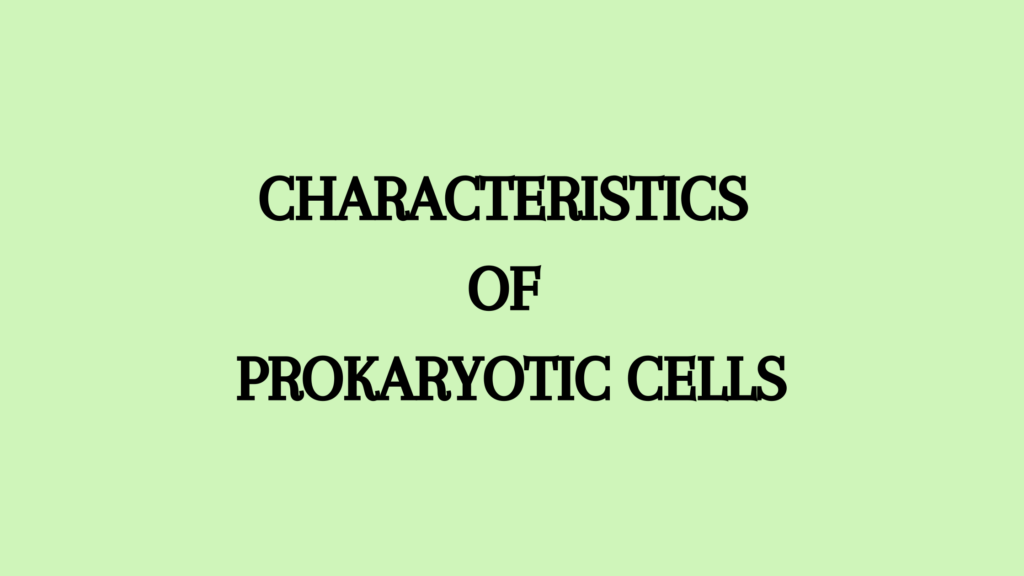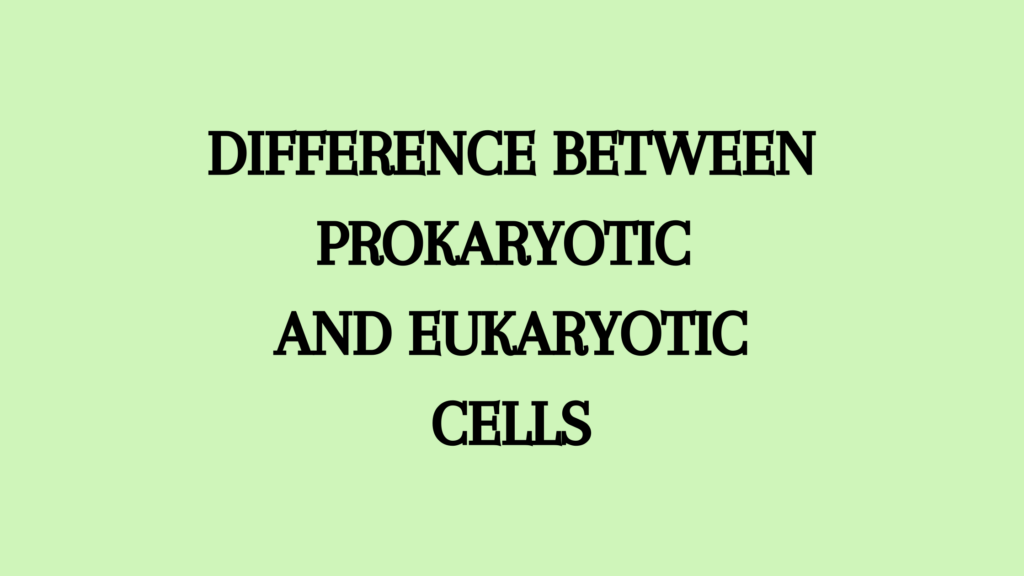Economically important plants can be improved by polyploidy. While there are several natural polyploids, artificial induction of polyploidy is also practiced for creating more economical crops. Usually, it is found that tetraploids are more fertile than higher polyploids. Polyploids have been produced in many cultivated plants like tapioca, tobacco, Cucurbita, etc.
- The roots of these polyploids are much stronger and contain a greater quantity of starch than diploid tapioca plants.
- Leaves of polyploids are larger and dark green.
- Hairs of the vegetative parts are thickened.
- Floral parts and fruits are larger.
- In fruits and vegetables, the vitamin content is increased with polyploidy. The nicotine content in tobacco is found to be increased.
- In triploid wheat, the sugar content is increased.
- In cucurbits, the shape of the fruits changes due to polyploidy.
- It has also been found that the cell size increases, the growth rate decreases, and flowering is delayed.
- This decreased growth rate slowly leads to the formation of perennial types from annual types.
Methods of Artificial Induction of Polyploidy
Polyploidy was noticed to alter many characteristics of plants. Attempts were made to induce polyploidy artificially.
- It may be induced easily in the tree generation tissue.
- It can also be induced by various physical agents, like temperature, above the normal temperature, in which the plant’s growth may help in the production of polyploids.
- If flowers are subjected to cold or hot treatment after fertilization or when the zygote is being developed, it is possible to obtain a higher frequency of polyploid cells.
- Tetraploids are produced in Datura by cold treatment. Chromosome doubling results in the seedlings of Nicotiana when they are centrifuged.
- Vegetative cells as well as flower buds are reported to produce polyploids when they are irradiated by X-rays.
- A few chemicals are also utilized for inducing chromosome doubling.
- Among those chemicals, colchicine is the most important one, followed by chloral hydrate, sulphanilamide, hexachlorohexidine, ethyl mercuric chloride, veratrine sulfate, etc.
Colchicine
The alkaloid colchicine is extracted from the flower buds of Colchicum autumnale, a plant that comes under the family Liliaceae. Another species, Cilurnum, found in the Western Himalayas, is also a source of this alkaloid. This is a very costly chemical. Parthasarathi (1952), an Indian scientist, extracted colchicine from a common Gloriosa superba, another Liliaceae plant which has the same effect as colchicine.
Blackslee and Nahel (1937) made the 1st successful use of colchicine in the production of polyploids. The underlying principle of colchicine is that this alkaloid must be brought in contact with the meristematic region of plants where actively dividing cells are located. Root tips and shoot apices are excellent regions that can be treated with this chemical.
Colchicine brings about the doubling of chromosomes by acting on the spindle by arresting the separation of daughter chromosomes. Instead of forming two daughter nuclei, all chromosomes get included in the same nucleus. Depending on the mode of treatment, three types of polyploidy are brought about by colchicine application.
- Epidermal polyploidy, where the outermost layer of an apical meristem gets the effect by colchicine. Thus, chromosomes are doubled only in epidermal cells.
- Internal polyploidy, where the internal layers of apical meristem are affected and the epidermis remains unaffected.
- Total polyploidy happens when all tissues of an apical meristem are affected.
Artificial Induction of Polyploidy using Colchicine
The sensitivity of the plant tissues to colchicine action varies greatly following the nature of the plant tissues.
Aqueous solution of colchicine is used in varying concoctions. The methods of application also vary with the material.
- The seeds destined for germination are soaked in a solution of colchicine.
- In the case of seedlings, the growing shoots or buds are treated in the solution in different ways.
- The solution is sprayed on the growing regions, and colchicine-saturated cotton is firmly tied to the shoot apex, and the twigs may be immersed in the solution.
- When the roots that need to be immersed are placed in a beaker and covered with a wire gauge over which seeds are kept.
- The radicle from the germinating seeds grows towards the solution.
Advantages of Artificial Induction of Polyploidy
Allopolyploids are produced through artificial induction of polyploids in plants. These crop plants have their advantages in agriculture.
- Allopolyploids serve as a bridging species that transfers specific characters from one species to the next.
- They can produce new species.
- They help widen the genetic base of the allopolyploid crops.
- When the hybrid is sterile, its chromosome numbers are doubled to form a fertile allopolyploid.
- This new progeny is backcrossed with the recipient species to get the desired characteristics.
Disadvantages of Artificial Induction of Polyploidy
- Not all allopolyploid results in species that have target characteristics. They may be successful.
- Allopolyploids take a long time to gain stability and are not suitable for creating new crops in a short period.
References
- Agarwal, P. V. |. V. (2004). Cell biology, Genetics, Molecular Biology, Evolution, and Ecology: Evolution and Ecology. S. Chand Publishing.
- https://www.biologydiscussion.com/chromosomes/chromosome-number/artificial-induction-of-polyploidy/37266




